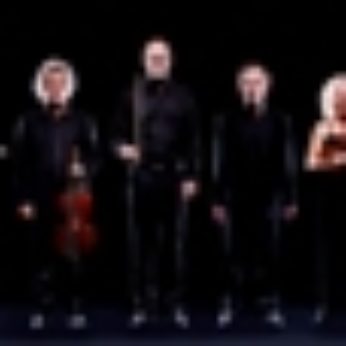Composer: Biagio Marini (b. 1594 - d. 1663)
Performance date: 29/06/2014
Venue: St. Brendan’s Church
Composition Year: 1626
Duration: 00:05:39
Recording Engineer: Richard McCullough, RTE
Instrumentation Category:Small Mixed Ensemble
Instrumentation Other: 3vn, vc, db, lu
Artists:
Kate Hearne -
[recorder/cello]
Peter Spissky -
[violin]
Fredrik From -
[violin]
Antina Hugosson -
[violin]
Mattias Frostenson -
[bass]
Fredrik Bock -
[lute]

Biagio Marini was a virtuoso violinist and a
composer. Born in
in the North of Italy, today he is best remembered for his innovative
instrumental compositions and his contribution to the development of the string
idiom in the first half of the 17th century. His violin sonatas in particular
broke many of the existing boundaries of the time, and it is here we find the
first use of double and triple stopping, as well explicitly notated tremolo
effects and the use of scordatura
tuning.
In his Sonata
in ecco con tre violini, Marini’s compositional inventiveness is further
demonstrated by the addition of two hidden violin players, creating the
acoustical illusion of an echo. The sonata was composed while Marini was employed
by the Wittelsbachs in the small Bavarian town of Neuberg, but there is no
doubt that the echo sonata was inspired by the time he worked under Monteverdi
at the Cathedral of San Marco in Venice around 1615. The amazing stereo effect
created by having music pouring from opposing choir balconies in the cathedral
brought with it the problem of delay and echo, and composers began to take
advantage of this as a useful special effect. The dramatic use of the echo in
vocal music of the time was quite common, and composers such as Monteverdi
often used it to describe the feeling of inner torment. Marini removes this
rhetoric figure out of the vocal genre and takes on the challenge of advancing
his exploration of the technical possibilities on the violin, but without the
help of narrative contextualisation. This bold move resulted in one of the most
unusual and finest instrumental compositions of the early 17th century.
Copyright © 2025 West Cork Music. All rights reserved.
Designed and developed by Matrix Internet